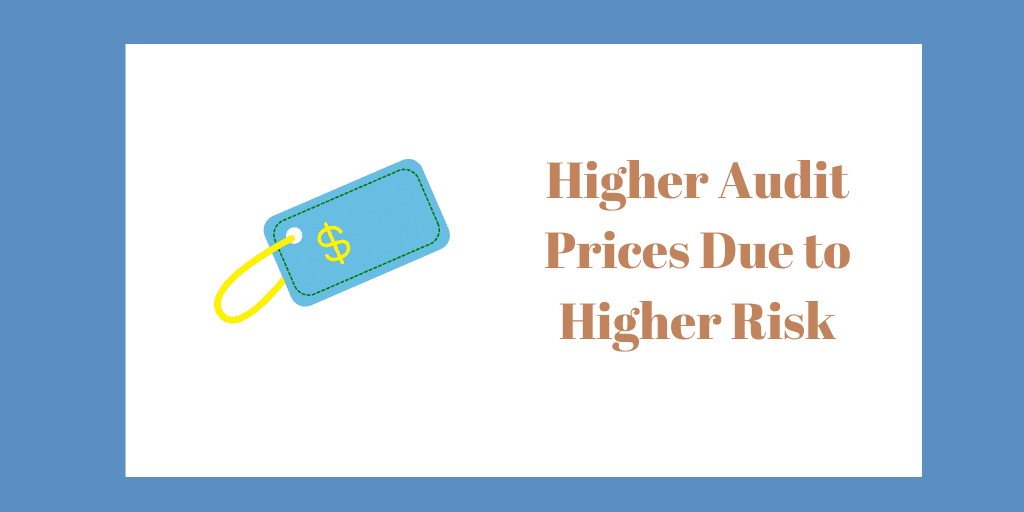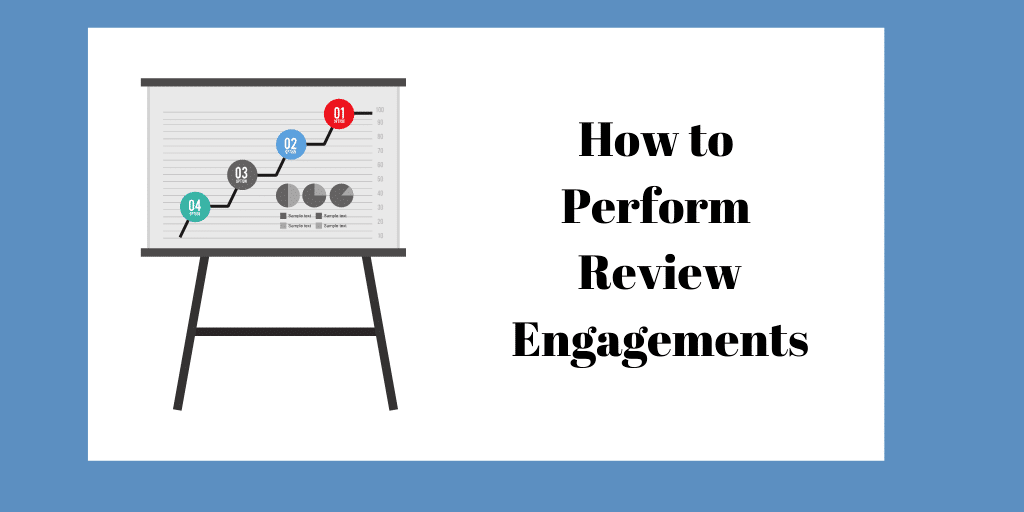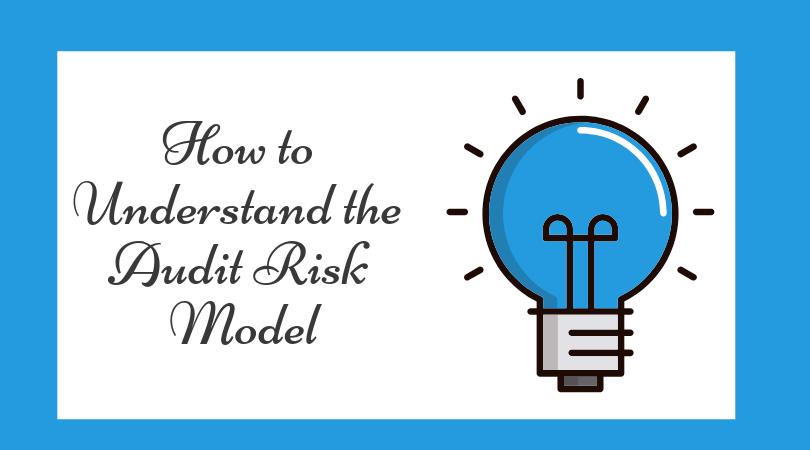Higher Audit Prices Due to Higher Risk

Audit risk increases uncertainty—and price. At least, it should.
In this post, I provide examples increased audit risk and reasons why audit prices should increase accordingly.
First, let’s look at examples of increased audit risk.
Factors that Increase Audit Risk
Factors that increase audit risk include:
- Entity is about to be sold
- Records not reconciled on a timely basis (including bank accounts, inventory, accounts receivable, and accounts payable)
- Business with a high debt load and covenant violations
- Known existence of fraud
- Inexperienced management in a complicated business
- Known legal proceedings against the company
- Unusual estimates (e.g., environmental liabilities)
- Complex transaction cycles with varied accounting systems (systems differ at each location)
- Group audit situations with subsidiaries audited by other audit firms (especially if the components are foreign entities)
- Entities with severe cash flow deficiencies
Now, let’s think about why we might increase our audit prices based on such risks.
Your Insurance Carrier’s Perspective
Pretend, for a moment, that you are a representative of a professional liability insurance carrier, and you’ve been assigned the duty of reviewing an audit firm’s book of business. How would you rate–from an insurance perspective–audits of the following entities?
- The City of Perfect has a CPA as its finance director. For the last twenty years, they have received the financial reporting Government Finance Officer’s Certificate of Achievement. They have never had a significant fraud. The city’s net position is strong, and it has no debt.
- Shazaam, Incorporated, is a high-tech company funded with venture capital. Operations began two years ago. Shazaam has weak cash flow, but the company has successfully created one new whiz-bang product, making it a highly desirable acquisition target. Potential suitors have already made visits to the company’s headquarters inquiring about a purchase.
- Sterling Parts, Incorporated, sells auto parts mainly in the United States, but it also has manufacturing operations in Germany. The company has eight subsidiaries, one of which is the German production component. This entity has been cited for contaminating the Rhine river. The cost of cleanup and damages are not known. The foreign entity uses an accounting system that is entirely different from the other companies. A German accounting firm audits the manufacturing component.
Would you price the insurance for all three engagements the same? Certainly not. The City of Perfect is…well perfect. The second and third audits have risk elements.
So if we as auditors examine prospective audit clients purely with an eye on risk, there should be a premium (higher fee) for those with increased risk. Why? There is a higher probability that the audit firm will suffer loss. The inherent risks in examples 2 and 3 increase the chance of faulty financial reporting, which increases the possibility a suit against the audit firm.
From a project management perspective, will all three engagements take the same amount of time? Obviously no. The higher risk engagements will require more resources, effort, and time. (Higher risk audits can also increase your insurance rates.)
Client Risk Requires More Time
You might think of the additional time element in this way:
Risk = Additional Time = Higher Price
Too often, CPA firms fish for audits without giving appropriate consideration to risk. Then, the flat fee creates pressure to ignore risks, because, after all, the audit firm wants to make a profit. It is critical that auditors incorporate a pricing premium for identified client risk. So consider the audit risk model even in the beginning of an audit.
Unidentified Audit Risk
But what about unknown risk (that which exists before starting the engagement)?
Well, that’s another story. Discovering fraud, for example, may require an expansion of the engagement scope. As with any project, when the scope increases, price increases. But the price increase is dependent upon the size and complexity of the theft. If the fraud is nominal and requires little additional time, then no price increase is necessary. But if the theft is broad and complex, a contract amendment may be in order.
Audit Client Acceptance And Continuance
Does your firm use any type of risk score in client acceptance or in your annual continuance decision? If no, consider scoring your clients in terms of price and risk. And while you’re at it, think about rating your entire book of business. Here’s how.
An Exercise to Evaluate Your Pricing in Light of Risk
In an Excel spreadsheet, list the following for all A&A clients:
- Name of the client
- The A&A service (e.g., audit, compilation)
- Years you’ve provided the A&A service
- Price
- Time estimate
- Average hourly rate
- Describe any client risks
- Score the client risk from 1 to 5 (with 5 being highest)
Once the list is complete, ask yourself if the pricing is appropriate. If the hourly rate is low but the risk is high, consider a price increase.


